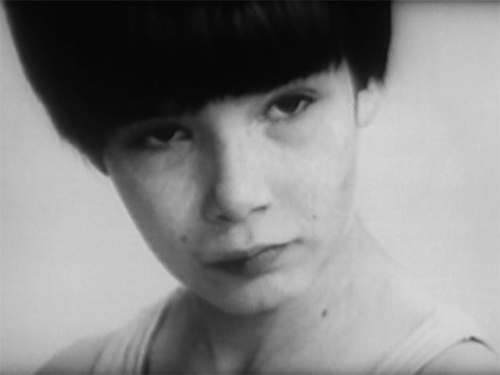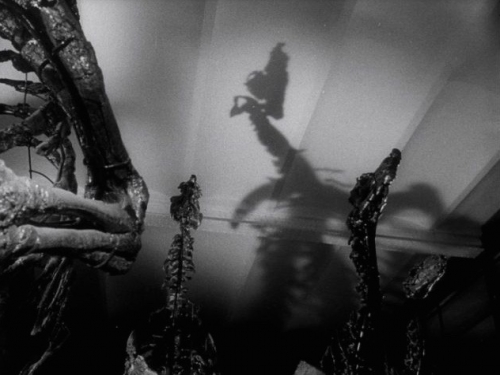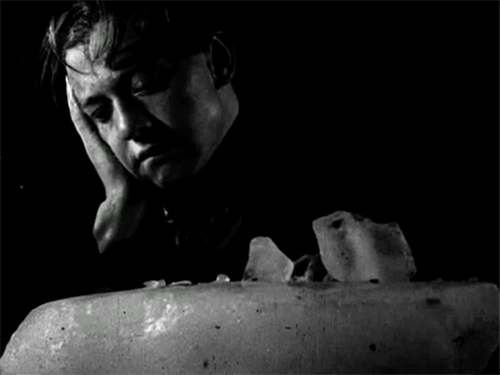In the next few years Sabzian will be hosting a series of film programs at KASKcinema: Seuls. Singular Moments in Belgian Film History. These programs will be accompanied by the publication of unique texts by Belgian filmmakers and writers on Sabzian’s website. It is often said that cinephiles don’t know or are rarely appreciative of their own national cinema. Film critic Adrian Martin “observe[s] a very intriguing dimension of cinephile thought: namely, the usually feisty way it negotiates a fraught relation with the cinephile’s own national cinema. Indeed, I sometimes think I can spot a cinephile by the intensity of their hatred for their national cinema.” With this series of film evenings, Sabzian aims to chart the wayward landscape of Belgian cinema with images, sounds and words, by means of an affectionate countermovement.
Seuls: Short Work 1
FILM PAGE
FILM PAGE
FILM PAGE
FILM PAGE
FILM PAGE
FILM PAGE







